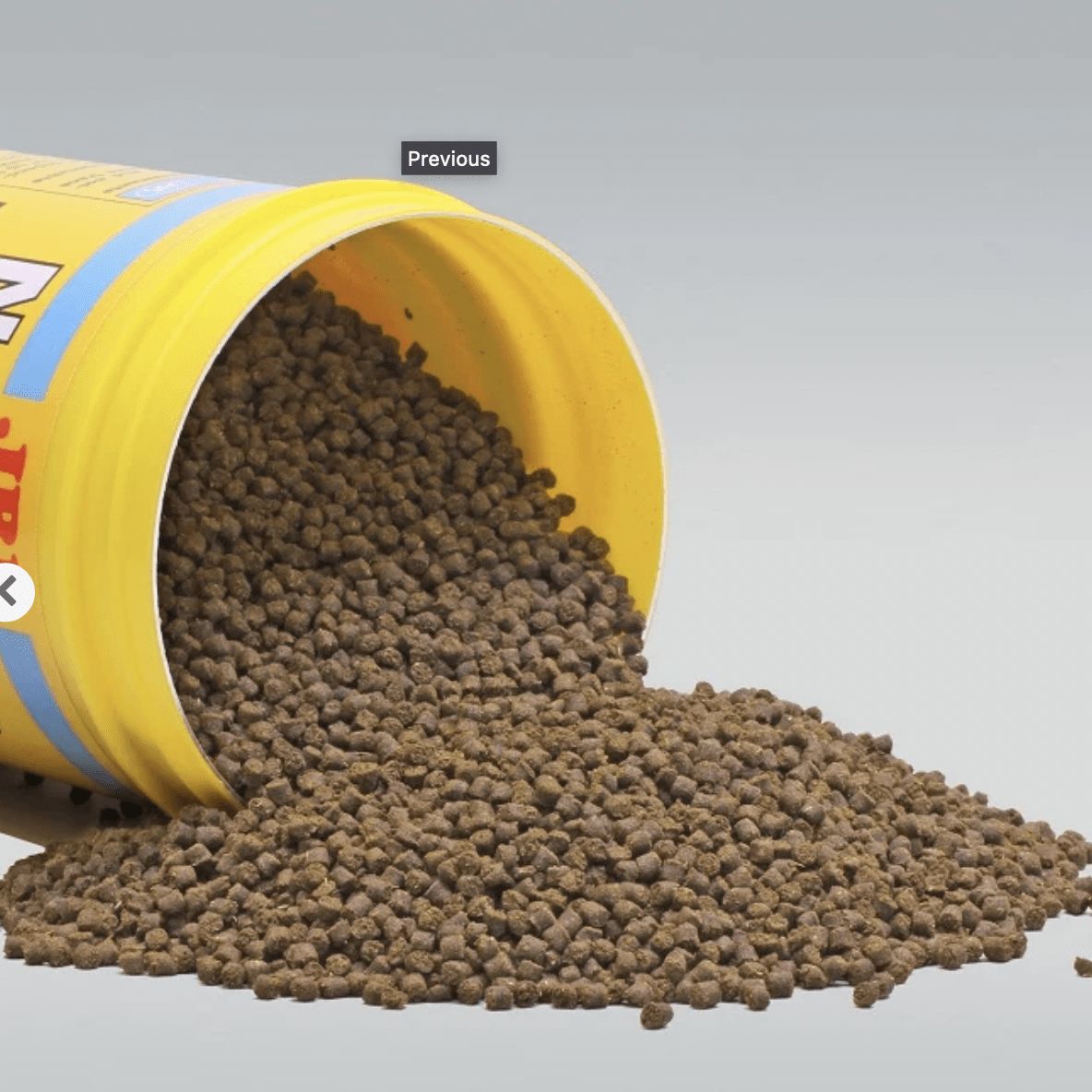Evaluating the yield of a shrimp feed pellet machine is essential for optimizing production efficiency and ensuring profitability in shrimp feed manufacturing. Yield refers to the amount of finished pellets produced relative to the input of raw materials. Accurately assessing and maximizing yield is vital for feed manufacturers to maintain quality, minimize waste, and manage costs effectively. This article examines the various factors influencing yield and outlines methods for determining and enhancing the yield of shrimp feed pellet machines.
Factors Influencing Yield in Shrimp Feed Pellet Machines
Several factors can significantly impact the yield of a shrimp feed pellet machine:
- Quality of Raw Materials:
- Moisture content of ingredients
- Particle size distribution
- Nutritional composition
- Machine Configuration:
- Specifications of the die (hole size, thickness)
- Roller settings
- Parameters for conditioning
- Processing Conditions:
- Addition of steam
- Temperature settings
- Retention time
- Feed Formulation:
- Ingredient mix
- Inclusion of binders
- Fat content
- Operator Expertise:
- Adjustments made to the machine
- Monitoring and control techniques

Methods for Assessing Yield in Shrimp Feed Pellet Machines
- Mass Balance Calculation: The simplest way to determine yield is through mass balance calculation:Yield (%)=(Weight of finished pelletsWeight of raw materials)×100\text{Yield (\%)} = \left( \frac{\text{Weight of finished pellets}}{\text{Weight of raw materials}} \right) \times 100Yield (%)=(Weight of raw materialsWeight of finished pellets)×100This calculation should be performed over a significant production run to account for variations and ensure accuracy.
- In-line Monitoring: Many modern shrimp feed pellet machines are equipped with in-line monitoring systems that provide real-time data on:
- Feed rateMoisture contentPellet densityProduction rate
- Sampling and Analysis: Regular sampling of both raw materials and finished pellets can yield insights into yield:
- Moisture content analysis
- Bulk density measurements
- Pellet durability index (PDI) testing
- Production Log Analysis: Maintaining detailed production logs and analyzing them over time can reveal yield trends, including:
- Input quantities
- Output quantities
- Processing parameters
- Downtime and interruptions
- Energy Consumption Monitoring: Monitoring energy consumption relative to output can indirectly indicate yield efficiency, such as:
- kWh per ton of feed produced
- Steam consumption per ton of feed
Strategies for Enhancing Yield in Shrimp Feed Pellet Machines
- Optimize Raw Material Preparation:
- Ensure consistent particle size through proper grinding.
- Control moisture content of the feed mix.
- Use high-quality ingredients with consistent nutritional profiles.
- Refine Machine Settings:
- Adjust die specifications based on feed formulation.
- Optimize roller gap and speed.
- Fine-tune conditioner settings for ideal moisture and temperature.
- Improve Formulation:
- Use appropriate binders to enhance pellet durability.
- Balance nutrient density with pelletability.
- Consider including processing aids when necessary.
- Implement Process Control:
- Utilize automated control systems to maintain consistent processing conditions.
- Monitor and adjust steam addition for optimal conditioning.
- Establish a quality control program with regular checks.
- Train Operators:
- Provide comprehensive training on machine operation and troubleshooting.
- Encourage operators to actively monitor yield and make necessary adjustments.
- Regular Maintenance:
- Conduct preventive maintenance to ensure optimal machine performance.
- Promptly replace worn dies and rollers.
- Keep all components clean and in good working order.
Challenges in Yield Assessment and Improvement
Despite the importance of determining and improving yield, several challenges may arise:
- Variability in Raw Materials: Inconsistent raw material quality can lead to fluctuations in yield, complicating the maintenance of steady production rates.
- Complex Formulations: Shrimp feed often requires intricate formulations with multiple ingredients, which can hinder yield optimization.
- Water Stability Requirements: The necessity for water-stable pellets in shrimp feed can conflict with yield improvement efforts, necessitating careful balancing.
- Equipment Limitations: Older or less sophisticated machines may lack the precise control required for optimal yield management.
- Market Demands: Shifts in market demand for different pellet sizes or formulations may require frequent adjustments, impacting yield consistency.
Advanced Techniques for Yield Optimization
- Statistical Process Control (SPC): Implementing SPC techniques can help identify trends and variations in yield, facilitating proactive adjustments.
- Artificial Intelligence and Machine Learning: Advanced AI algorithms can analyze extensive production data to pinpoint optimal processing conditions for maximum yield.
- Near-Infrared (NIR) Technology: In-line NIR sensors can provide real-time analysis of feed composition and moisture content, enabling rapid adjustments to maintain yield.
- Computational Fluid Dynamics (CFD): CFD modeling of the pelleting process can help optimize die and roller designs for enhanced yield without extensive trial and error.
- Digital Twin Technology: Creating a digital twin of the pelleting process allows for virtual experimentation and optimization without disrupting actual production.
Economic Implications of Yield Improvement
Enhancing the yield of a shrimp feed pellet machine can yield significant economic benefits:
- Reduced Raw Material Waste: Higher yield leads to more efficient use of raw materials, decreasing overall ingredient costs.
- Increased Production Capacity: Improved yield can elevate production rates without requiring additional equipment.
- Energy Savings: More efficient pelleting processes often reduce energy consumption per ton of feed produced.
- Enhanced Product Quality: Optimized yield frequently correlates with improved pellet quality, potentially commanding higher market prices.
- Competitive Advantage: Consistently high yields can provide feed manufacturers with a competitive edge in the market. (Related post: prawn feed mill)
Conclusion
Evaluating and optimizing the yield of a shrimp feed pellet machine is a complex yet essential task for feed manufacturers. It necessitates a comprehensive approach that considers raw material quality, machine configuration, processing conditions, and operator expertise. By implementing systematic methods for yield assessment and employing strategies for enhancement, manufacturers can boost production efficiency, lower costs, and uphold high-quality standards.
As technology continues to advance, new tools and techniques for yield optimization are emerging, offering even greater potential for improvement. Feed manufacturers who invest in understanding and maximizing their pellet machine yield will be well-positioned to meet the growing demands of the shrimp aquaculture industry while ensuring profitability and sustainability.










